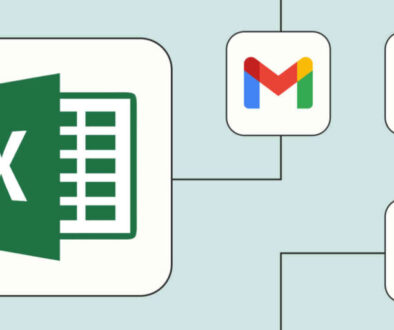Key SaaS Integration Challenges & Benefits
Just like the two faces of a coin, SaaS integration comes with its own set of challenges and benefits. As the maturity of SaaS integration increases, so does the importance of integration. Clubbing in SaaS with the corporate systems has become more than necessary today. The higher is the maturity of the organization, the more SaaS integration is considered to be a critical requirement.
It is due to SaaS integrations that you can bring in an overall enhancement in the cloud business applications. This is applicable for both SaaS users as well as businesses. It is a given that integration is a tedious and cumbersome task. Therefore, it is critical to know how to cut down on the costs and help fetch the best of integration efforts while onboarding newer SaaS software. On that note, today this article will walk you through the key SaaS integration challenges and benefits.
Key Benefits of SaaS Integration:
- Operational efficiency & Quality: When SaaS integration is done right, it leads to major operational efficiency as well as an enhanced quality.
- Customer & Employee experience: Giving the best to your customers as well as your employees is what should matter to you the best. This is one of the biggest benefits of SaaS integration that gives rise to an enhanced customer and employee experience.
- Save time & cost: The main purpose of integrations is to make lives easier. With SaaS integrations, saving time and cost has become more seamless and simplifies your tasks.
1. Access Control
One of the biggest challenges that businesses face when getting into the cloud is access control. The access control and monitoring settings that are used in traditional software are not truly taken forward to SaaS applications. For this, the admins must have total control and authority over the users who can access what, especially during the transition phase.
2. Cost of Integration
Another major factor for SaaS integration is cost. The integration of existing software with SaaS needs a greater level of expertise. Businesses may need to hire highly skilled technicians and cloud consulting companies for getting themselves out of technical complications. Each of these processes can burn a huge hole in your wallets and might consume a ton of your time as well.
3. Time Constraints
Most of the organizations that are opting for SaaS are usually in a haste to get the application up and running. Moving from on-premises to the cloud can take up a lot of your time and may as well lead to real productivity issues if not appropriately managed. Therefore, you and your team need to make sure that you manage these integrations in the right manner. Integrating SaaS with your traditional applications might consume a lot of your time, as a result of which your work may get delayed. This is another challenge that lies ahead in SaaS integration that should be taken into quick action as fast as possible.
4. Inadequate Integration
It is noted how well SaaS applications can integrate with one another and this is just as critical as cloud interoperability. If your integration is not good enough, it is a good recipe for calling in troubles, that you do not want to be a part of. When not checked in time, it can lead to users having the leverage to upload files and sending it to the wrong customers, data getting leaked and ultimately stolen, automatic information getting delayed, and so on and so forth. Integrating on-premise systems with cloud applications can show a number of concerns because designing a hybrid setup is more troublesome than creating a private one.
5. Lack of Interoperability
One of the biggest challenges of SaaS integrations is limited interoperability. Limited interoperability has now become a major challenge that continues to hamper SaaS adoption by organizations. Most organizations prefer real-time interoperability between their private clouds and SaaS applications.
6. Less Customization
Customers want models that can be customized seamlessly. One of the biggest challenges of SaaS integration is the fact that it cannot be customized as often as you wish to.
Parting Thoughts
As they say, where there are pros, there are cons as well. SaaS integration has both benefits as well as challenges on its way. You need to make sure that the SaaS integration is carried out properly. When that is done right, you will never have security issues, all your data will be automatically updated and changes in one system will be carried to other systems. Remember that nothing is impossible as such. You can easily overcome all these challenges to a great extent and turn them into opportunities with the help of cloud consulting services that offer SaaS and cloud integration.
If you have any questions in regards to SaaS Integration, give Epic IT Consulting a call at 608-496-8660 or fill out the online form.
Source: SmartKarrot



